A Broken-Hearted Matt Haimovitz Laments his Goffriller’s Broken Neck
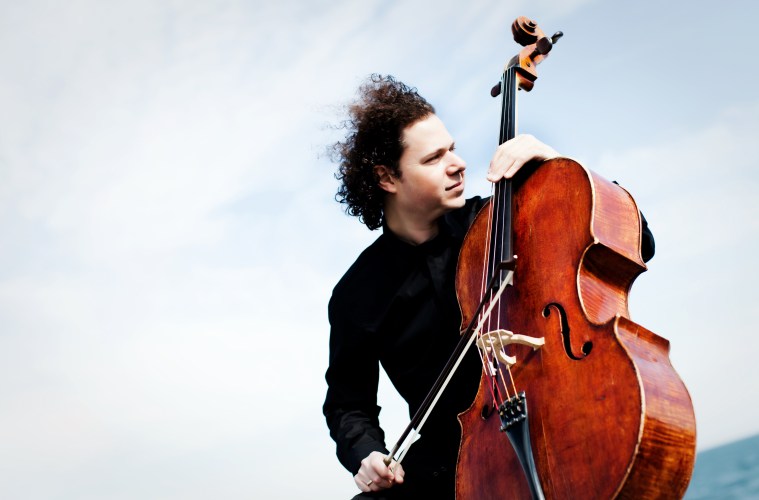
Matt Haimovitz’s heart broke the moment his 307-year-old cello’s neck broke, but it could have been worse.
Haimovitz had just started giving a lesson at his Montreal studio on Feb. 2 to Cameron Crozman, a rising young cellist. They were working on the Poulenc Sonata when the 46-year-old Haimovitz got out of his seat to check the score and lost his balance while holding his prized 1710 “Matteo” Goffriller cello.
“I had to make a decision,” Haimovitz says in a telephone interview a week later. “Do I fall on top of my cello, or do I let go of the cello and not fall on top of it?”
As he tumbled to the floor, he pushed the instrument away.
“It was probably a good decision because had I fallen on top of it, it would have been in pieces,” he says. “At least now, it was very narrow [damage]. It just broke. The neck came off . . . . I was heartbroken.”
What’s a dedicated musician to do? He continued the lesson for 90 minutes.
“We were both horrified, but music is comforting and you just keep going. Actually it was the best thing—you get distracted and don’t have to deal with it, so I could actually think clearly,” Haimovitz says.
“I love the Poulenc Sonata, but I’ll never think of it the same way,” he adds, now able to laugh about the accident.
In addition to the music, a couple of shots of single-malt whisky “definitely” helped, he says. “I wouldn’t say I got drunk but it certainly eased the pain.”
Haimovitz, who made his debut as a soloist at age 13 in 1984 with Zubin Mehtaand the Israel Philharmonic Orchestra and has recorded dozens of albums, has owned the Goffriller since he was a teenager. Matteo has been Haimovitz’s companion in performances around the world, from concert halls to bars, coffee houses, and even crypts. Almost all of his recorded music was with the Goffriller, including the 2011 album Matteo: 300 Years of an Italian Cello.
His instrument was made by Matteo Goffriller, who lived from 1659–1742. A cello made by the Venetian luthier in 1733 was owned by Pablo Casals and is on long-term loan to the cellist Amit Peled. The “Pablo” underwent a major restoration in 2015 by luthier Julie Reed-Yeboah of New York.
The Matteo was owned by a London doctor who was accomplished enough as a cellist to play with violinist Isaac Stern and cellists Leonard Rose and Mstislav Rostropovich. After the doctor died, his wife sold the instrument to Haimovitz. He wouldn’t say for how much.
“Let’s put it this way,” he says. “It was affordable back then and it’s not affordable now. The widow actually made it more affordable. I think she knew my playing, and she wanted somebody good to be playing it and wanted to help a young artist.”
Kerry Keane, musical-instrument consultant for Christie’s auction house and appraiser for PBS’ Antiques Roadshow, says Goffrillers generally range from $1.5 million to $3 million. “They’re great, great cellos,” Keane says. “That’s where Goffriller and (Domenico) Montagnana excelled—in cellos. They’re magnificent.”
As soon as the ill-fated lesson with Crozman ended, Haimovitz went into crisis mode. He faced two immediate problems: getting the Goffriller fixed and finding a temporary replacement in time to continue his busy concert schedule, including a performance ten days later at the Montreal Museum of Fine Arts of the Bach Cello Suites with overtures he had commissioned.
Despite his despondency, he had faith that the cello wasn’t ruined. “I knew there are good people out there that can take care of these things, and that in my gut I knew it’s repairable,” he says.
He decided to book a flight to New York, where he took the cello to Reed-Yeboah’s shop. He was familiar with her work on the Pablo and had dealt with one of her luthiers for years.
“He knows my instrument very, very well and I always appreciated his care and sensitivity and meticulousness and I trust him,” Haimovitz says. “It takes a lot of trust to leave the instrument with someone.”
Because the repairs are expected to take six months, the next problem was finding a substitute cello. He called friends and colleagues for leads. He located a late 17th-century Tononi that was available for loan, and brought it back to Montreal from New York.
“I like the ‘bassiness’ to it. Doing a Bach cycle, that always helps,” Haimovitz says. But it was also much larger than his Matteo. On Thursday, the Quebec-based Canimex Foundation agreed to lend him a three-century-old Grancinofor two months.
“It was much more like my Goffriller in terms of more a tenor instrument rather than the Tononi, (which is) more of a baritone. Also it was a little smaller, so right away I took to it,” he says.
Meantime, Matteo is undergoing surgery in the cello hospital for the next six months.
“Right now it’s kind of sickening because the cello is in pieces, the top and the bottom and the back are removed,” Haimovitz says. “But as it comes back together it’s incredible. It’s basically giving new life to it. Everything has to be looked at. The old cracks, some of them may have opened because of the impact. Even if they haven’t opened, they’re going to reshape the top because the top sunk over the years. That happens and you have to create a mold. They did the same thing with the Casals cello. . . . I’m incredibly excited about that because I’ve been playing really near the sides of the cello because of that sinking. So if it’s arched again, to me it’s going to be a joy to be able to clear those sides.”
Then there’s the uncertainty of how it will sound.
“It takes time to settle in. Over the 30 years that I’ve had it, it’s had its evolution in sound. So we’ll see what state it is in when it first emerges, although in my gut it’s going to all come together,” he says. “I remember the sound very well, so I’ll be looking for it—or better. With the new arching, maybe it will be more alive.”
Reposted from Strings Magazine, February 16, 2017

A photo from Haimovitz’s Facebook page captioned, “And this happened to my cello today. My heart is broken.”
More Articles
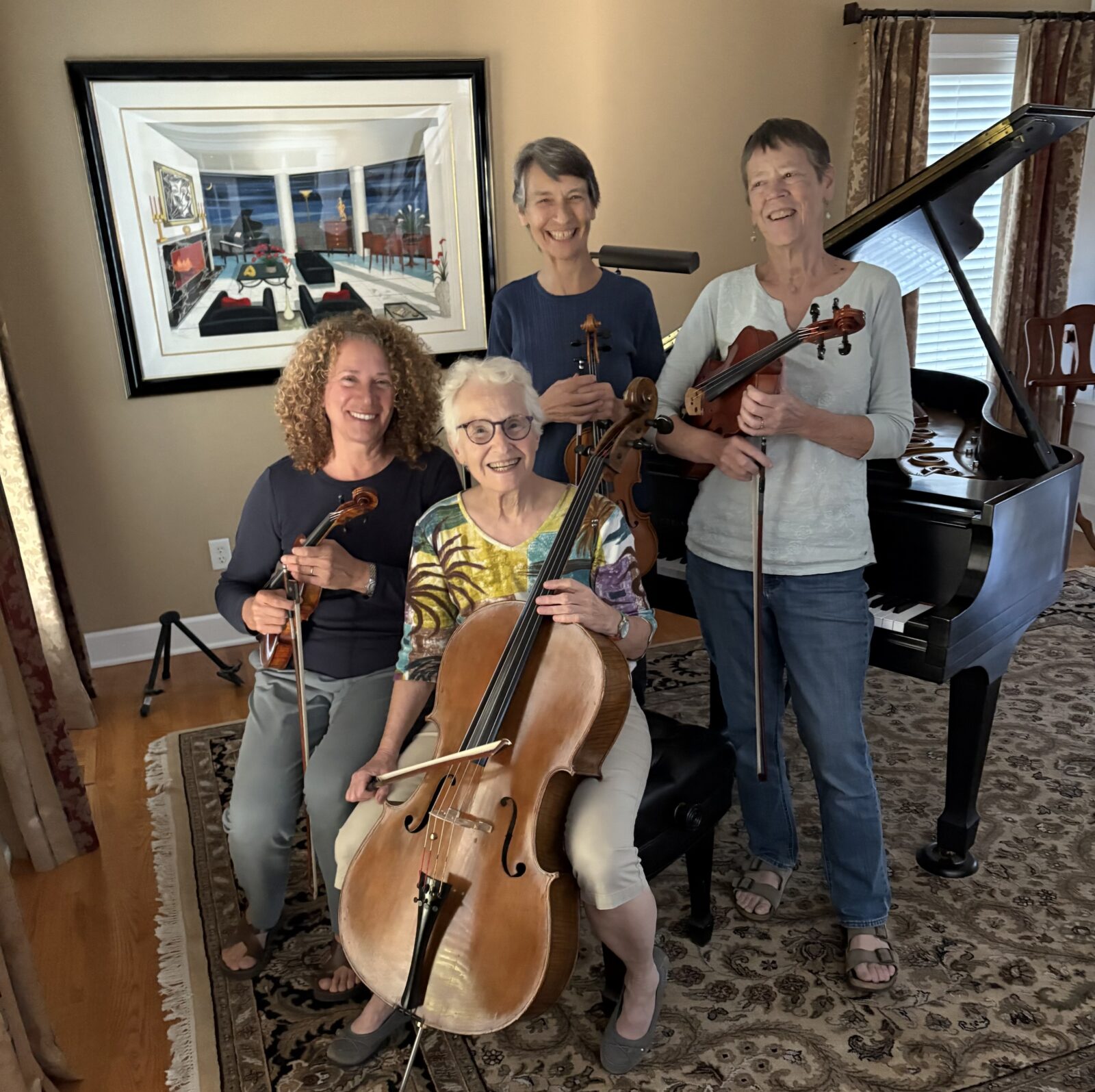
ACMP Members of the Month – October 2025
Playing in a regular string quartet is kind of like having a regular foursome in golf – everyone needs to be of roughly similar ability, and they also need to get along. When those two dynamics come together, the result can be a lasting chamber group that brings enduring friendships. Such is the case with our Members of the Month for October – Ruth Sklarsky, Barbara McIver, Ellen Henry and Kathy Lewis, residents of the Rochester, N.Y., area who have played in a string quartet for more than a decade. They got together and collectively answered a few questions about their musical journey.Read More ↗

ACMP Event: Meet Harumi Rhodes
Join ACMP’s Executive Director Stephanie Griffin on Saturday, November 1 at 2pm Eastern time for a lively discussion and Q and A with violinist Harumi Rhodes. Harumi is the daughter of two famous chamber musicians: Stephanie’s former viola teacher, Samuel Rhodes (Juilliard Quartet) and violinist Hiroko Yajima (Mannes Trio.) Find out more about Harumi’s early life in that celebrated chamber music milieu, and about her journey as she established her own career as the second violinist of the world-renowned Takács Quartet.Read More ↗
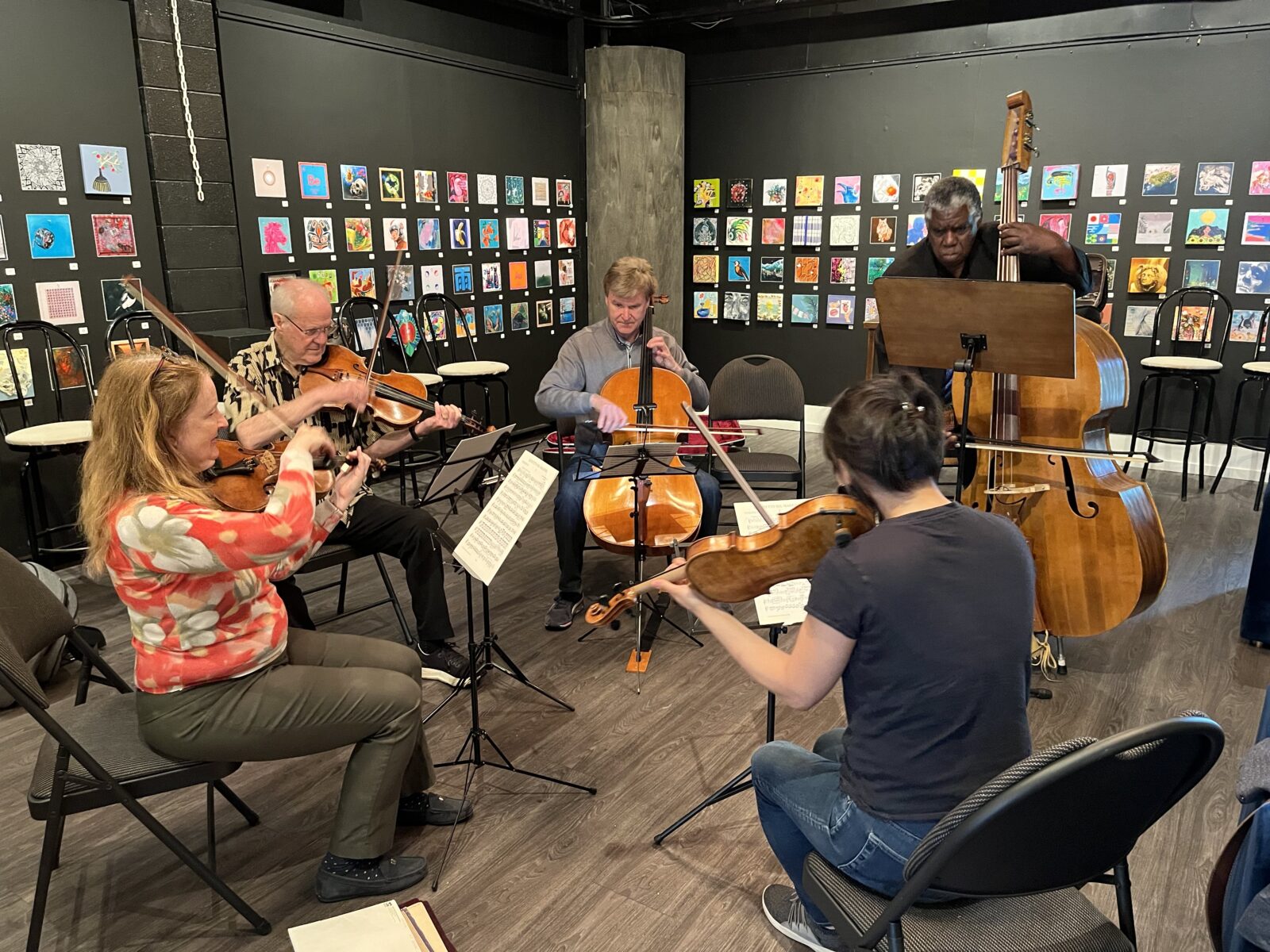
New guidelines for ACMP’s Workshop and Community Music Grant, deadline: October 17, 2025
ACMP's annual Chamber Music Workshop and Community Music grant cycle is open! Deadline: Friday, October 17. Read about the new guidelines and sign up for the Grant Information Session.Read More ↗

A weekend of music and renewal at Chautauqua
When you first set foot on the grounds of the Chautauqua Institution in southwestern New York, it’s easy to understand the lift in Arlene Hajinlian and Sonya Sutton’s voices when they speak about their summer homes, and why they would welcome a group of ACMP members for a weekend of music-making.Read More ↗
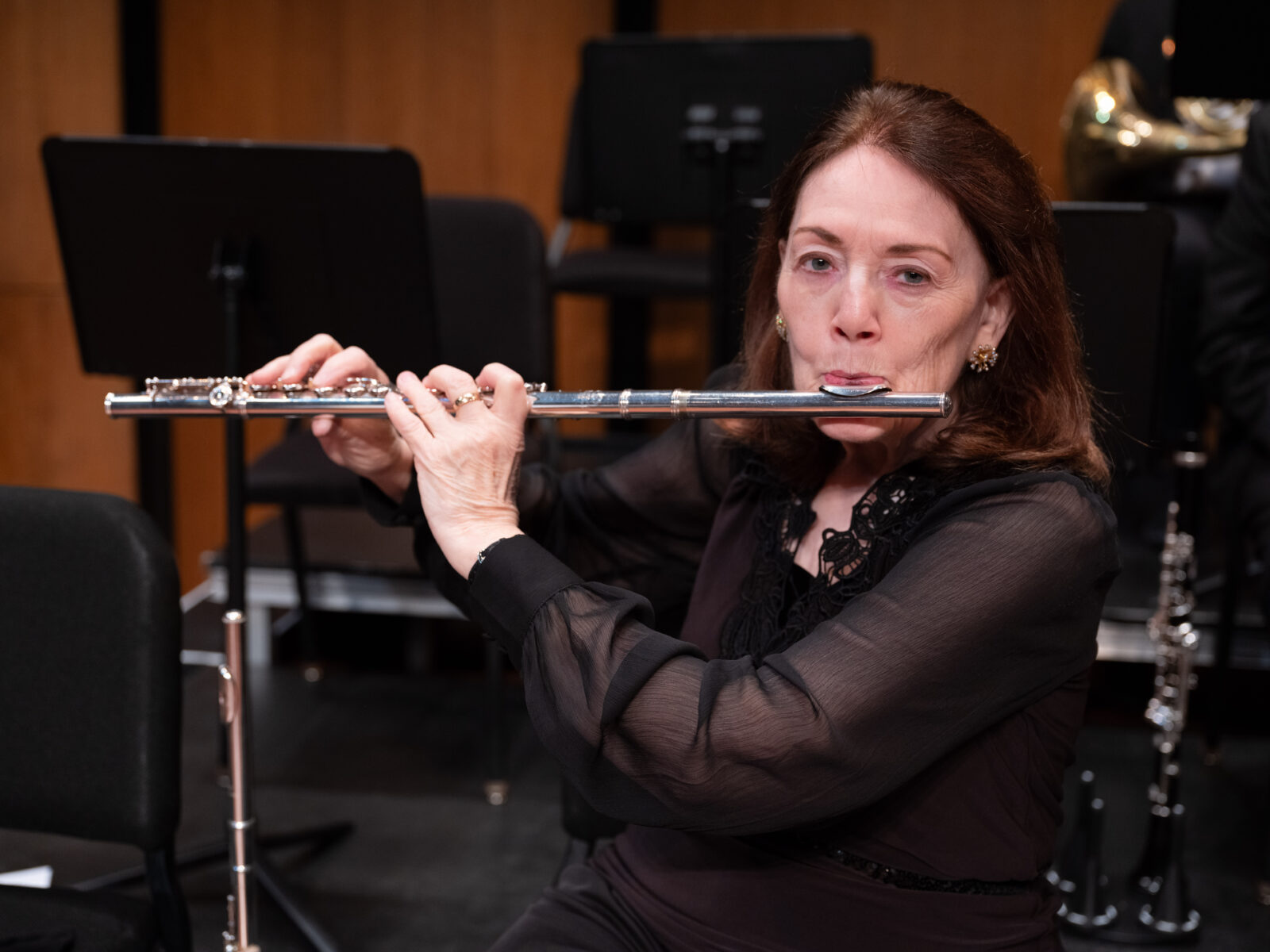
Optometrist by vocation, flutist by avocation
For someone who does not pay the rent as a musician, Pat Brown leads a full musical life with her flute. An optometrist by profession and a dedicated flutist, she has been a member of the Texas Medical Center Orchestra for more than 20 years, serving on the board and helping the group win national awards.Read More ↗
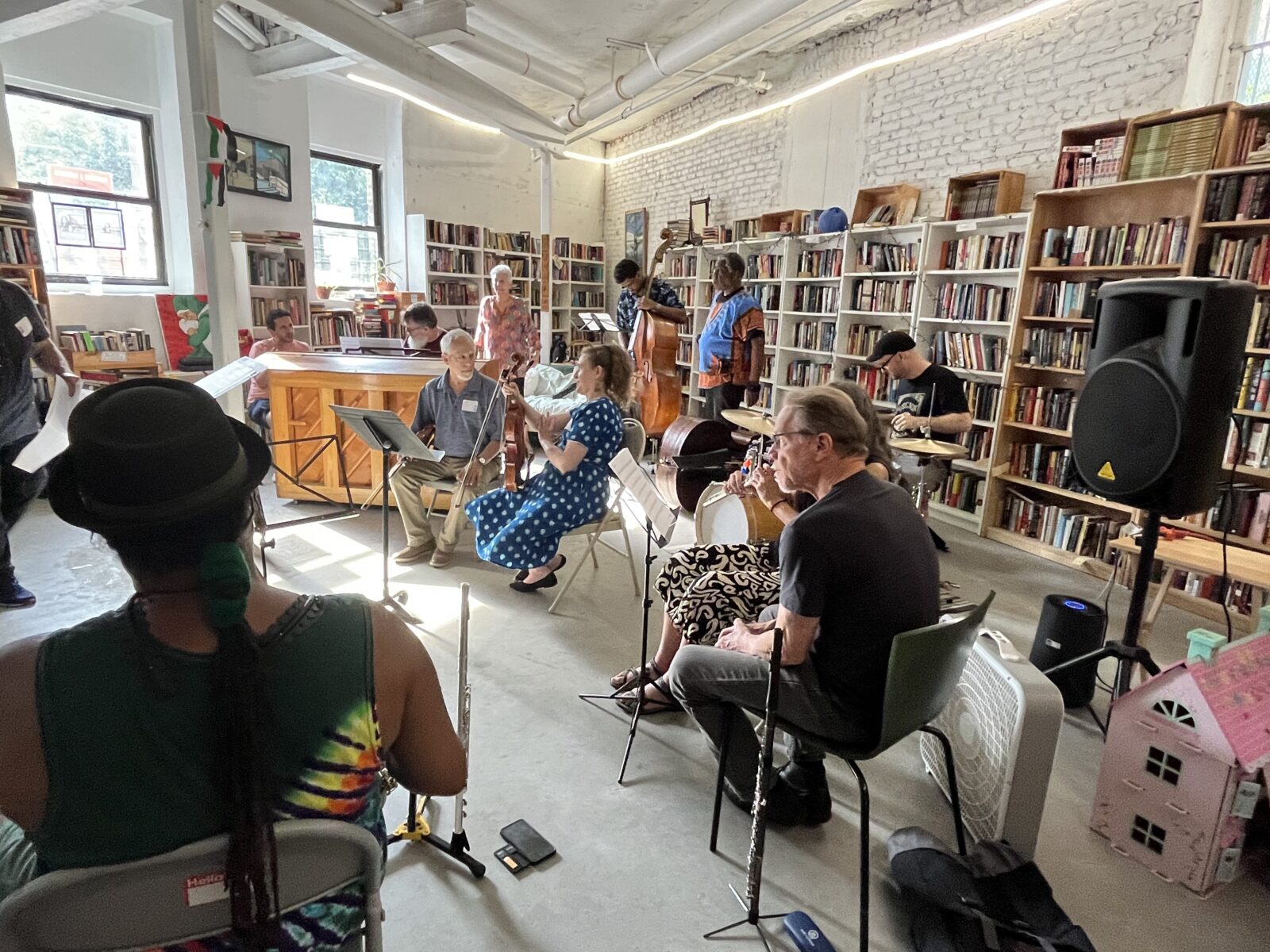
The Great American Play-In: Saturday, September 13 at Opera America
On Saturday, September 13 from 2 to 6pm, the American Composers Orchestra (ACO) and ACMP are hosting a fun and festive chamber music Play-In at Opera America (NYC), focused entirely on chamber music by twentieth-century and living American composers.Read More ↗

A professional pianist charts new musical paths with chamber music
When it comes to chamber music, ACMP pitches a big tent, from players just starting out to those rediscovering a passion for the music they played on their younger days. But ACMP’s membership also includes a thriving community of professionals — highly trained musicians who discover a community in ACMP that is hard to find elsewhere. Grace Shepard is one such professional living in South Florida and serving on ACMP’s North American Outreach Council.Read More ↗

How a cellist learned to love the viola, her way
Chicago-area cellist Ruth Rozen recounts her adventures with a vertical viola, opening the door to playing the inner voices in chamber music.Read More ↗
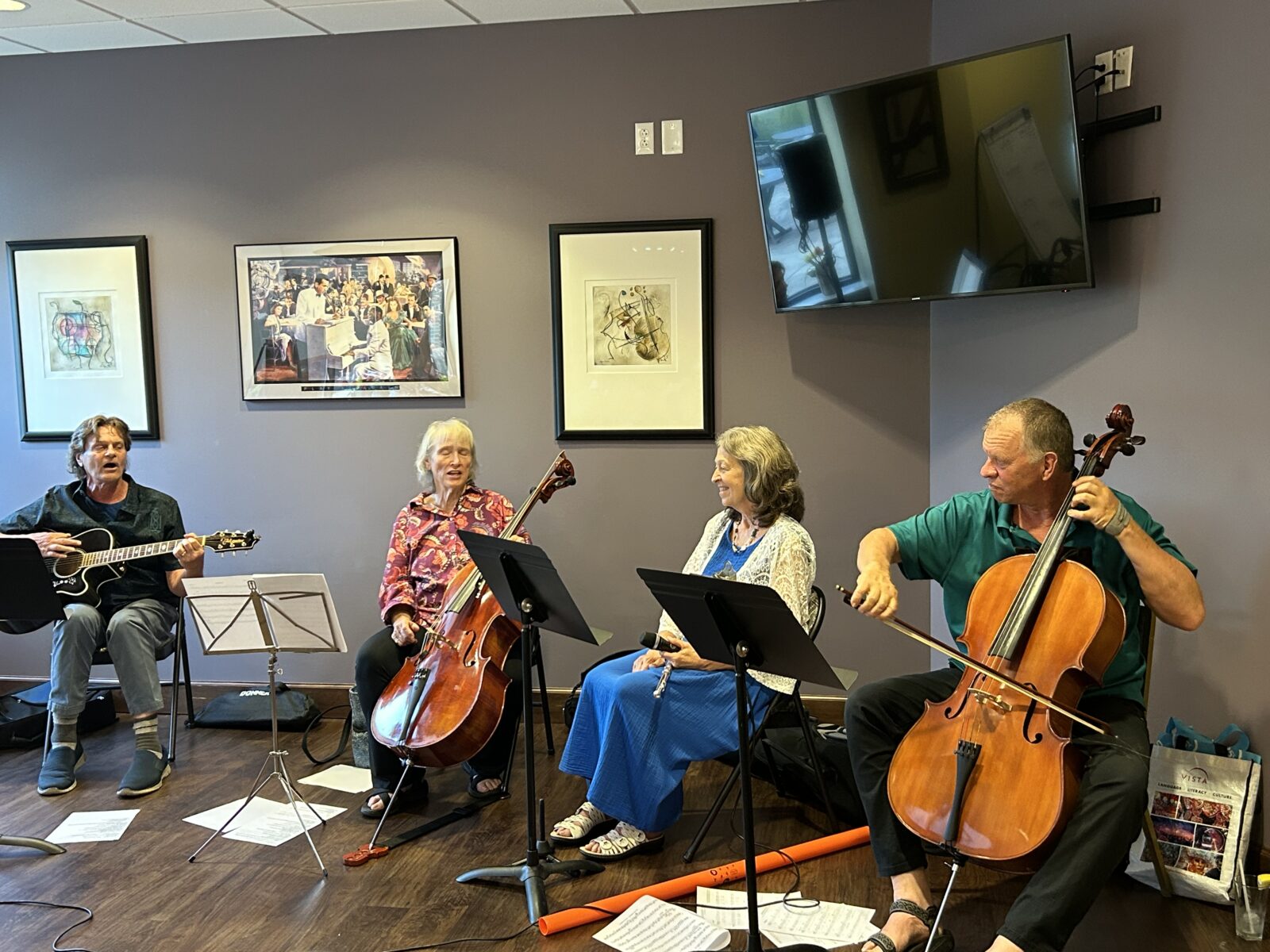
Tremendous Trivia Tunes: A Fundraiser for ACMP
Four members from DeKalb, Illinois tried a new method of fundraising for ACMP. They felt so grateful for ACMP's Home Coaching program and the wonderful teachers in our Coach Directory, that they came up with an innovative idea to give back to our community. They raised a little over $200.00, but the greatest part was how much fun they had doing it.Read More ↗

And the Play-Ins continued in June!
With ACMP's rapidly growing community of chamber musicians, Play-In season is never over! Read about two recent Play-Ins in June.Read More ↗
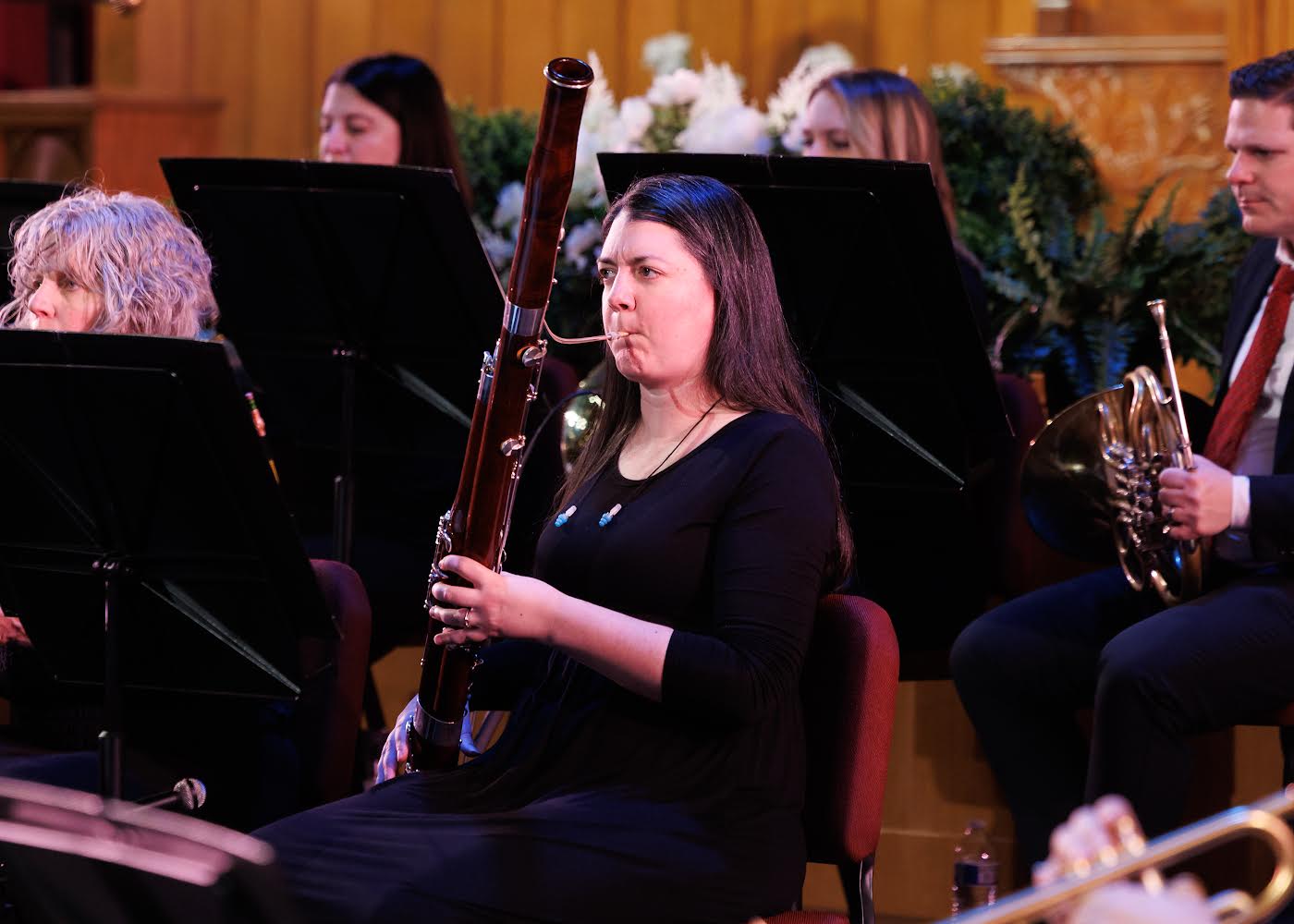
2025 News of Note Puzzle Contest Winner and Answers
Congratulations to bassoonist Jessi Vandagriff for winning this year's News of Note puzzle contest. And read more for the great puzzle answer reveal!Read More ↗
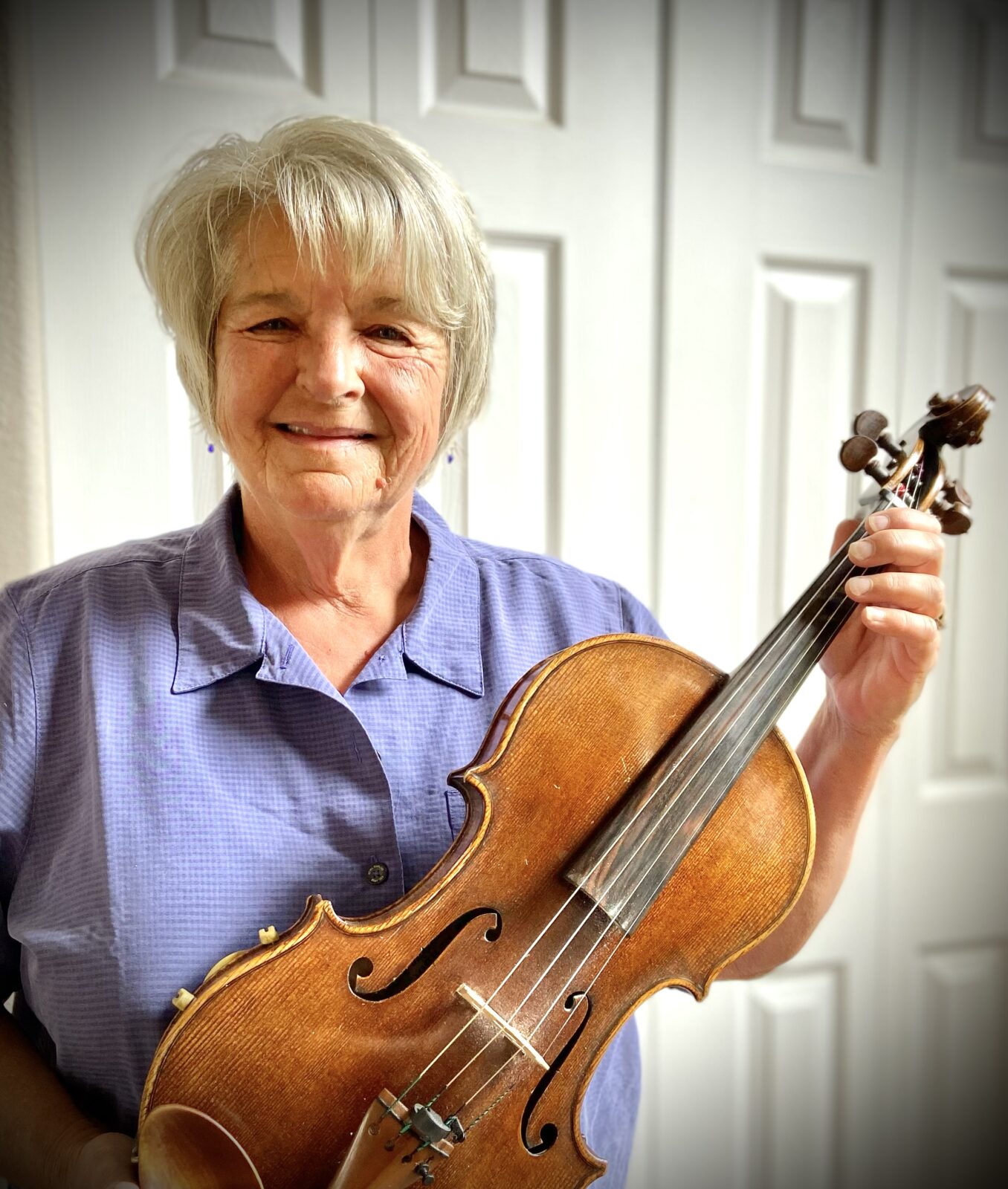
Member of the Month, July 2025: Cheryl Hite
The ranks of ACMP members are filled with professionals who began their college careers with the intent of pursuing music for a living, then for whatever reason moved into another career. Colorado-based violist Cheryl Hite is one of those musicians. A native of Detroit, she enrolled at Indiana University in the 1970s as a double major – biology and viola performance. Read her interview with ACMP Board Chair Bob Goetz.Read More ↗

The day my quartet played out of tune and almost got our host evicted
Chamber music can be a high stakes activity - play a bit out of tune, and your host could end up on the street. Read about one such close call in New York City.Read More ↗

News of Note 2025
It’s that time of year again! The web version of the 2025 News of Note is live, featuring updates from the past year—and some fun extras, including everyone’s favorite: a new puzzle. (Submit your answers by July 1!)Read More ↗
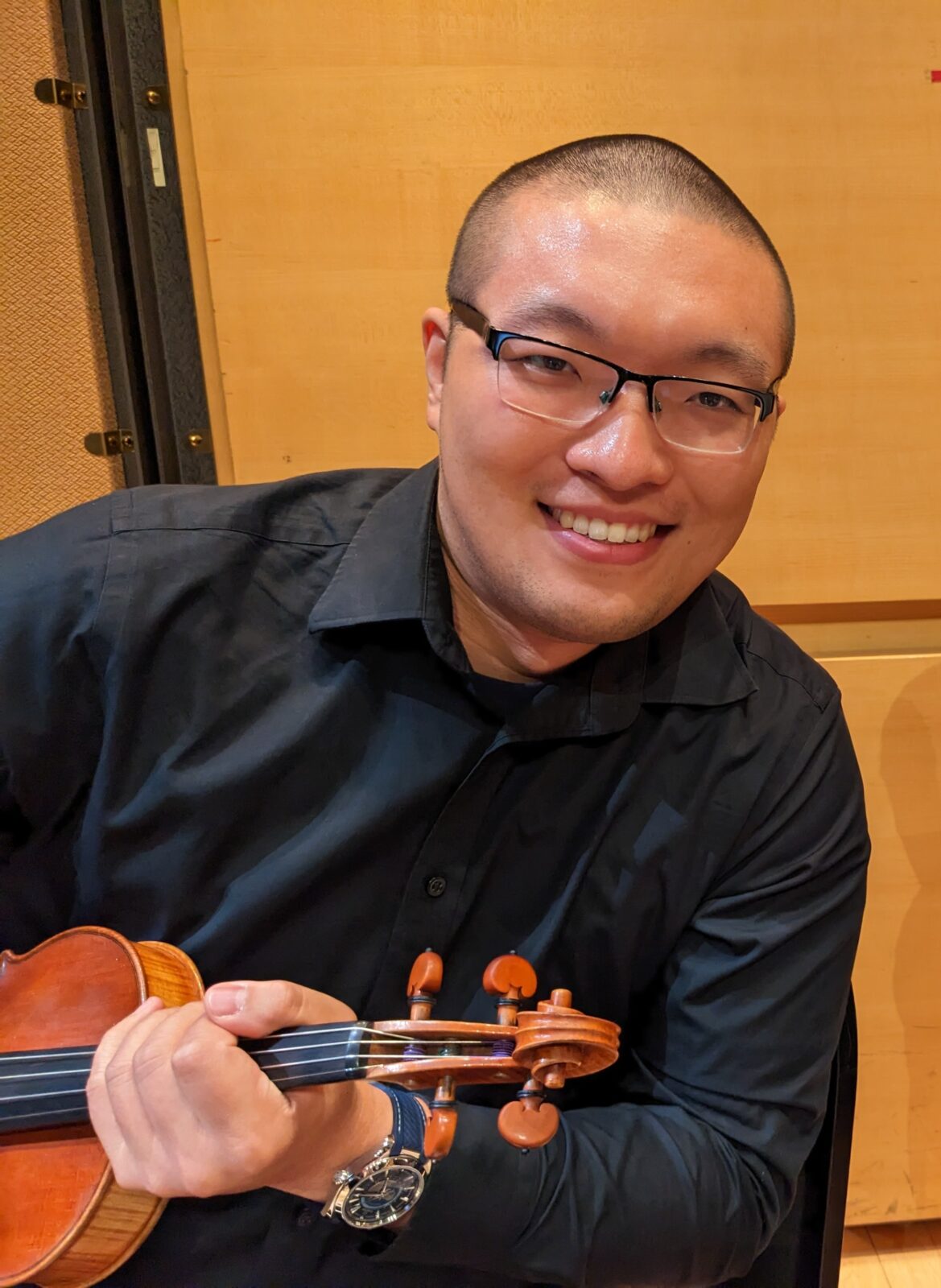
Member of the Month, June 2025: Frank Song
Frank Song, 28, may work remotely as a software engineer, but when it comes to music and the arts, he is all about being there, in person. With the flexibility to travel in his work, he seeks out concerts or museum exhibits in cities far beyond his home in Toronto. And while he’s at it, he takes along his violin to play chamber music. We caught up with Frank on a recent visit to New York, where he played chamber music with people he found through ACMP.Read More ↗

Seasoning for the Seasons
With a taste for adventure and a pinch of whimsy, follow ACMP cellist Tom Cappaert’s lead: stage a chamber concert in a Quito pizza parlor.Read More ↗

May 2025 Play-In Highlights!
Highlights from just a few Play-Ins during National Chamber Music Month!Read More ↗

Play-In Report: Berlin Kammermusik Liste
Michael Knoch runs the Berlin Kammermusik Liste, and represents ACMP as its International Ambassador in Germany. He holds at least two Play-Ins a year, and has a unique gift for organizing large Play-Ins with a mix of all instruments and voice. Read about his second Play-In of 2025!Read More ↗
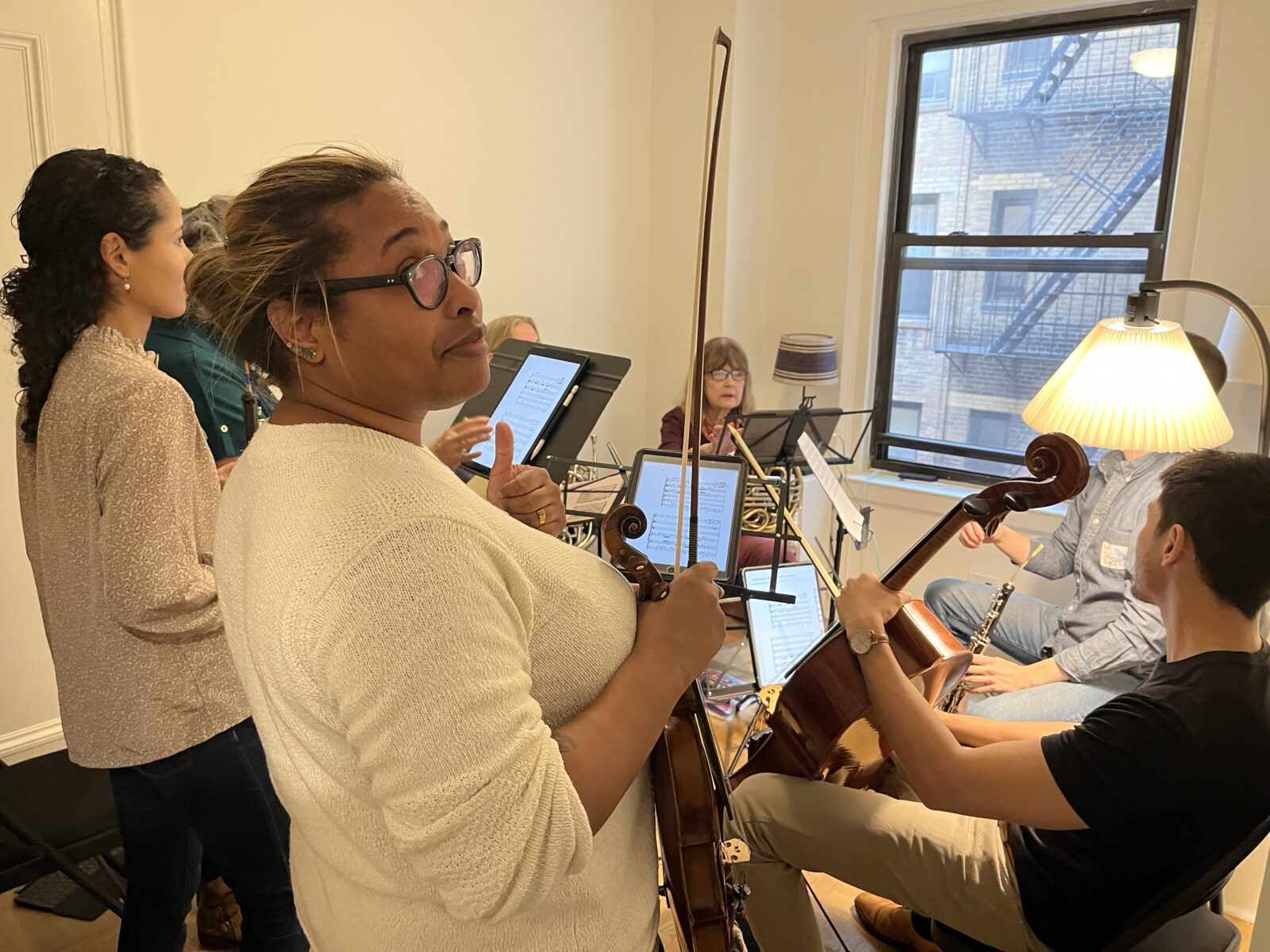
2025 Worldwide Play-In Events
May is Chamber Music Month! Celebrate with Play-Ins all month long, and during the Worldwide Play-In Weekend: May 16-18, 2025. See this list of Play-Ins in the ACMP Directory to date, and keep checking it for updates.Read More ↗
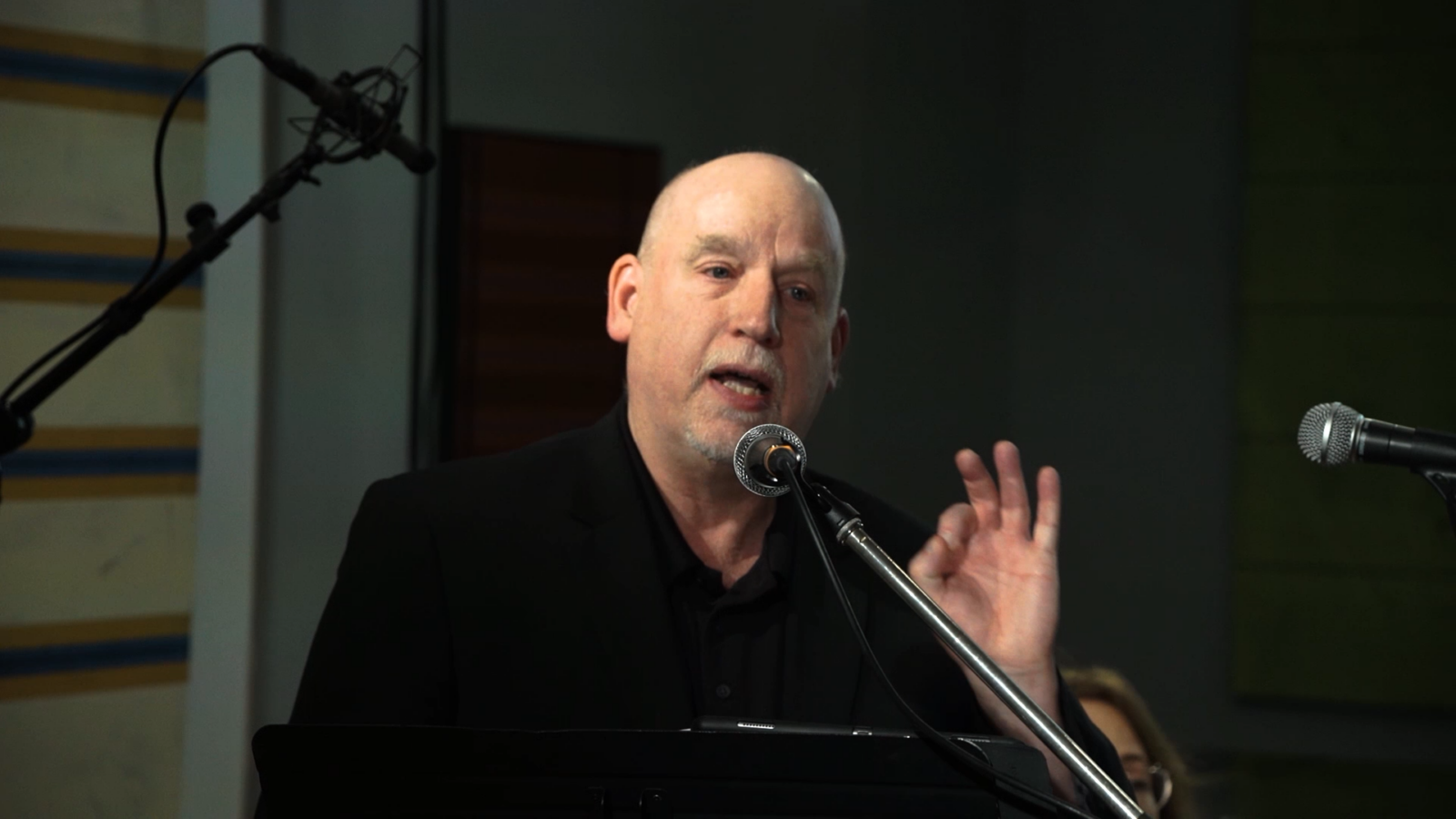
New Video: Ravel’s String Quartet with Cal!
Cal Wiersma is back, sharing ensemble tips and tricks through the lens of Ravel’s String Quartet.Read More ↗